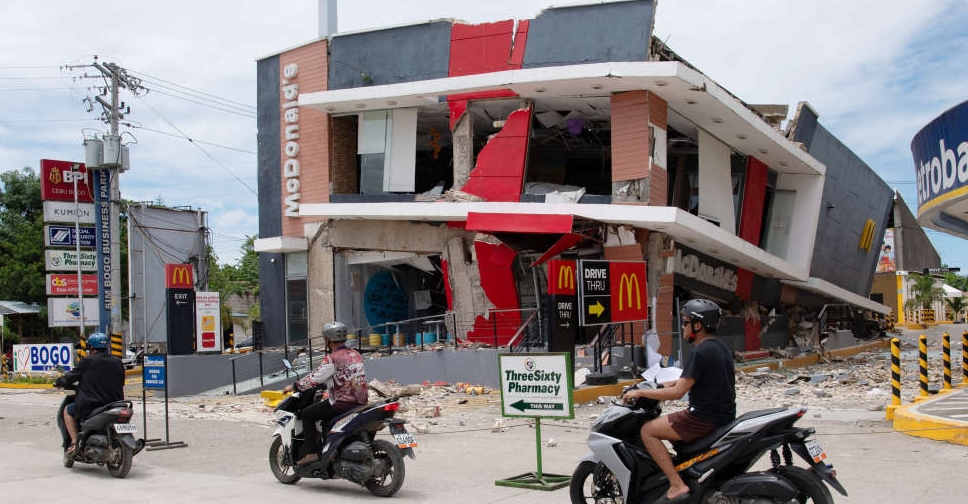
Philippine authorities said on Thursday that search and rescue operations in quake-hit Cebu province have ended, as the current death toll of 72 was not expected to go much higher and missing people had been accounted for.
Attention has now turned to delivering aid to survivors of the 6.9-magnitude quake that has become the country's deadliest in more than a decade.
Striking waters off Cebu's central island late Tuesday, the quake has caused more than 20,000 people to be displaced, while over 300 have been injured.
On Thursday, Philippine President Ferdinand Marcos Jr visited Bogo, a city of some 90,000 that was the worst-affected, seeking to reassure evacuees and noting that relief operations have been complicated due to widespread damage to infrastructure. "We are having some difficulty because we have nowhere to put the displaced families because we're unsure of the integrity of the evacuation centres," he told reporters.
"We will make sure there is food supply, water supply and electricity - a generation set if needed. Whatever the people need, we will make sure we can provide."
Many of the victims were killed when buildings and homes collapsed - either due to the quake itself or landslides that followed after. Heavy rain and the absence of power also hampered rescue efforts.
The Philippines sits on the Pacific "Ring of Fire" - an earthquake-prone belt of volcanoes stretching from South America to the Russian Far East. It experiences more than 800 quakes each year.



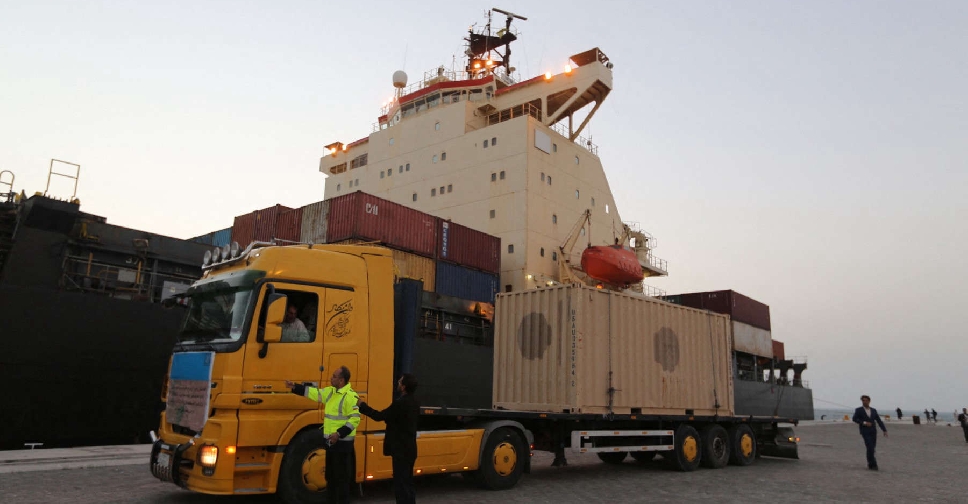 US grants India six-month sanctions waiver to run Iran's Chabahar port
US grants India six-month sanctions waiver to run Iran's Chabahar port
 Trump cuts China tariffs to 47% after 'amazing' Xi meeting
Trump cuts China tariffs to 47% after 'amazing' Xi meeting
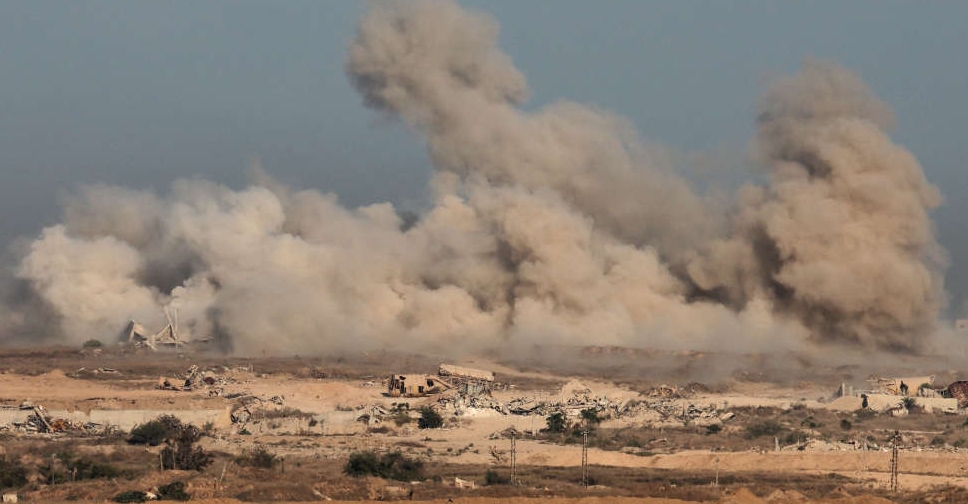 Israel carries out new strikes in Gaza after asserting commitment to ceasefire
Israel carries out new strikes in Gaza after asserting commitment to ceasefire
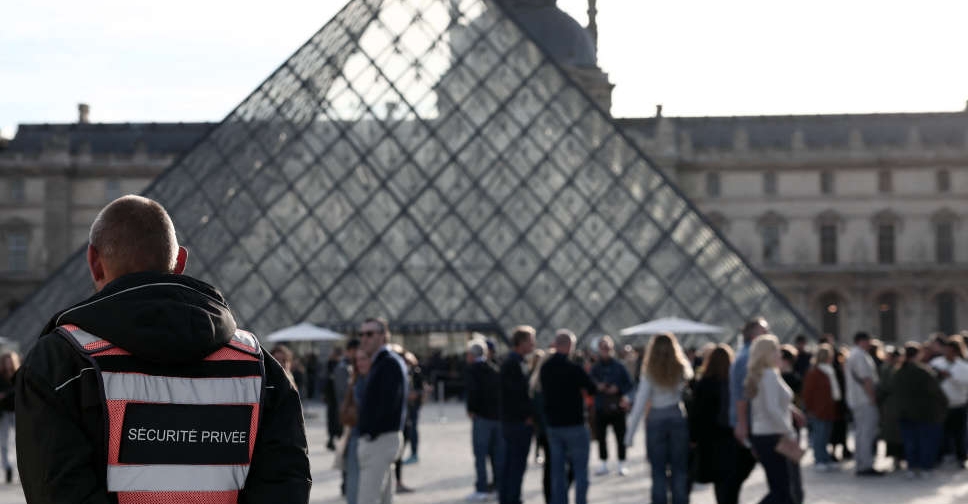 French police make more arrests in Louvre heist investigation
French police make more arrests in Louvre heist investigation
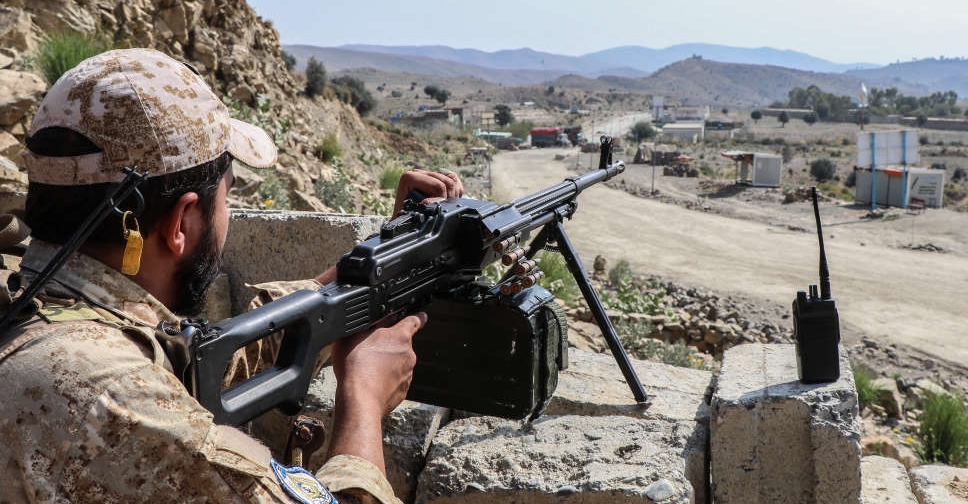 Afghanistan and Pakistan agree to restart peace talks in Istanbul, sources say
Afghanistan and Pakistan agree to restart peace talks in Istanbul, sources say
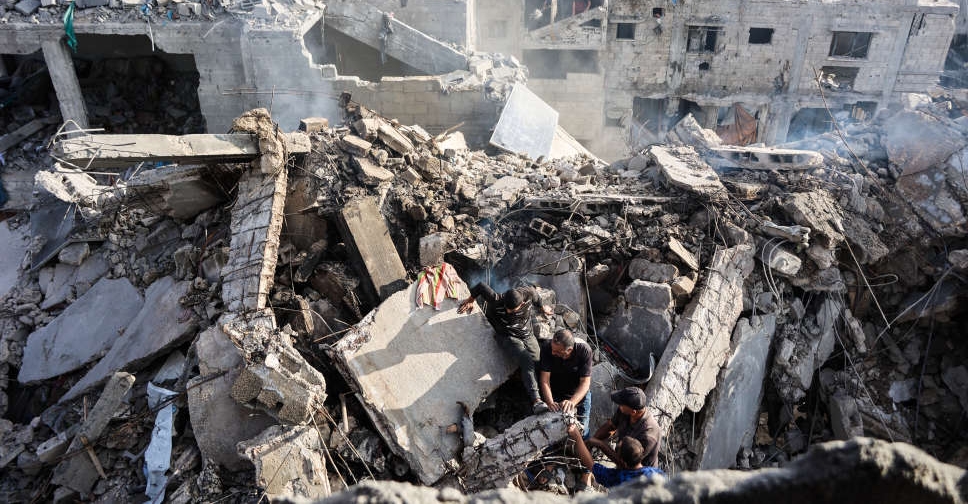 More than 100 killed in Israeli strikes on Gaza
More than 100 killed in Israeli strikes on Gaza
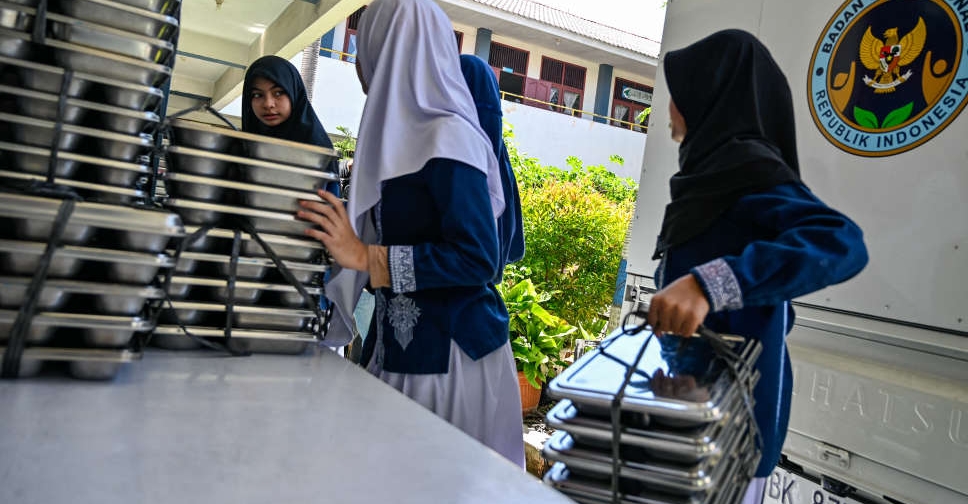 Indonesia probes more free meal poisoning cases, after 700 students fall ill
Indonesia probes more free meal poisoning cases, after 700 students fall ill
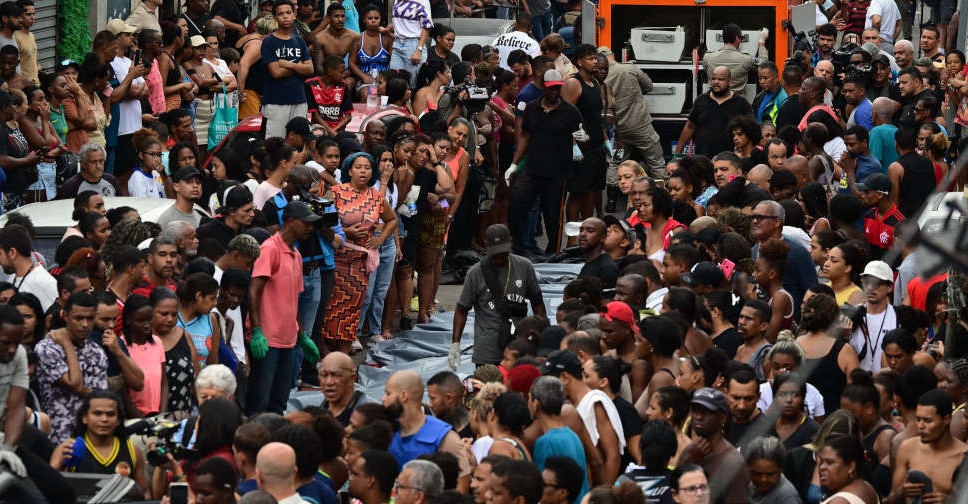 At least 121 killed after Brazil's deadliest operation against drug gangs
At least 121 killed after Brazil's deadliest operation against drug gangs




